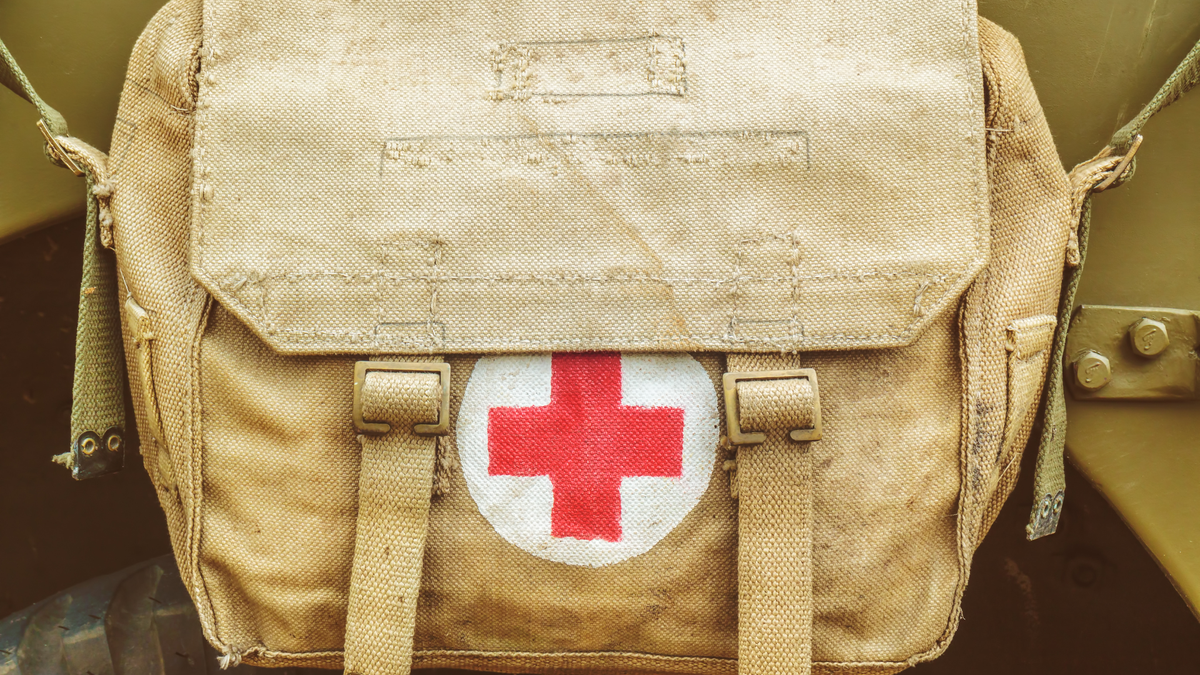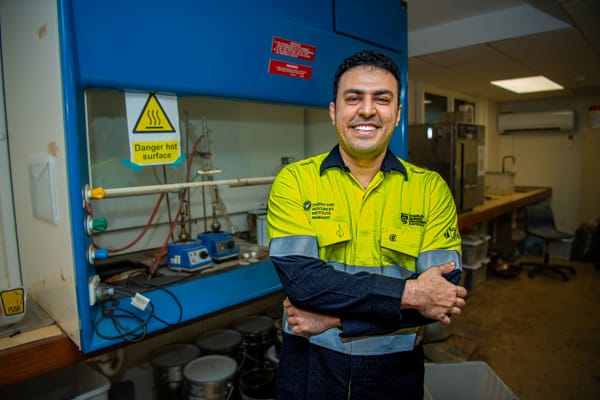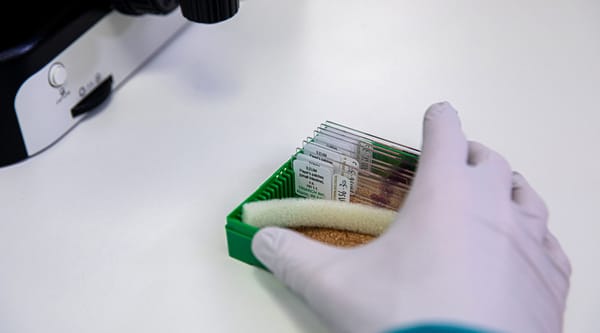Safer without it? Should army medics wear the Red Cross?
Charles Sturt University research into the wearing of the Red Cross brassard by members of the Australian military show they believe it makes them vulnerable to attack and that they believe themselves to be safer without it.

First published by Charles Sturt University
- Charles Sturt University researchers found the individual experience of some military paramedics of wearing the Red Cross symbol can be opposite to its purpose
- The Red Cross is a humanitarian symbol intended to ensure the safety of personnel engaged in humanitarian work, but research contradicts this
- The research into wearing the Red Cross brassard by some members of the Australian military show they believe it makes them vulnerable to attack and they are safer without it
Charles Sturt University research into the wearing of the Red Cross brassard by members of the Australian military show they believe it makes them vulnerable to attack and that they believe themselves to be safer without it.
As Australians digests the findings and recommendations of the Royal Commission into Defence and Veteran Suicide, research by two Charles Sturt University nursing academics shines light on a related aspect of military service.
The study, ‘The ambivalence of wearing the Red Cross’, was published in the journal Medicine, Conflict and Survival by researchers Dr Kristina Griffin (Port Macquarie) and Dr Therese Taylor (now retired) in the Charles Sturt School of Nursing, Paramedicine and Healthcare Sciences.
Dr Griffin said their published article, which is based on research into primary sources, describes and analyses the experiences of Australian Army stretcher-bearers and medics who wore the Red Cross brassard.
“This article compares the experiences of stretcher-bearers in World War One (1914-1918), and that of medics in the more contemporary War in Afghanistan (2001-2021),” Dr Griffin said.
“Our research into the history of medic service by soldiers has shown that individual narratives speak of disliking the vulnerability of wearing the Red Cross, and also testify to a habit of taking it off and hiding it away as soon as possible when in a conflict zone.
“This suggests the actual experience of wearing the Red Cross for some individuals can be diametrically opposed to its purpose.”
Dr Griffin explained the Red Cross brassard is a sign of humanitarian work and is the identifying feature of army medics.
“This symbol, usually on an arm band, marks the medics in their paradoxical situation of being troops in uniform, as well as being health care providers,” she said.
“While the Red Cross has always had a high level of recognition and respect, wearing the Red Cross brassard has not always been favoured by army medics themselves.”
The researchers describe the history of the Red Cross symbol which was created as part of the establishment of the first Geneva Convention in 1864 and was in general use in Europe by the 1870s.
It is a distinct design, memorable, honourable and designed to transcend specific loyalties. From the time of its first use, wearing the Red Cross has been part of medical service in the Australian military.
Within the military, a brassard featuring the Red Cross should only be worn by military personnel and displayed on their transport and facilities. While the Red Cross can also be marked on vehicles and buildings, the sole focus of this research is on the experience of individuals wearing it as part of a military uniform.
The Red Cross brassard was worn in World War One on the arm of stretcher bearers as they went onto the battlefield to transport the wounded to an aid post for care. It defined the humanitarian mission of the soldiers entrusted with the care of the wounded.
Currently, under the Geneva Conventions of 1949, and Additional Protocols (1977 and 2005), health professionals can be identified by symbols such as the Red Cross or Red Crescent or the Red Crystal as a protective sign that they must not be the target of enemy attack.
More recently, in the war in Afghanistan, the dilemma of the medics trying to combine their duties on patrol, with their role as carers approached for clinical care, continues to haunt their memories.
“They could neither fully meet the expectations raised by the humanitarian symbol on their arm, nor feel confident of its notional protection,” Dr Griffin said.
“One Australian medic believed that the Taliban members were ignorant of the exact significance of the Red Cross, though this seems unlikely, as Afghan civilians knew of it. He credited them with only a vague awareness: ‘If we wore the Red Cross, they would know that we were different, they did not know how we were different, but they know that you were something different so that they tend to target – so, not ever’ [not ever willing to wear the brassard].”
The researchers said conventions and treaties make up the public face of warfare, but there is no safety on the battlefield; the actual events are often different, and troops are expected to keep quiet about it.
They said attempts to create boundaries and enforce ethics in warfare are never fully effective and may be resented by troops already grappling with the crisis of combat.
“The ambiguity and fear of wearing the Red Cross brassard for some is another example of this,” Dr Griffin said.
“Research in Australia shows that the contradiction of feeling endangered by the very symbol which marks a medic as protected is part of the memory of war.
“It is a private history, often going on the record only when medics break down, protest or speak informally.
“The duality of the roles of the army medic runs through every aspect of their work and the rhetoric which surrounds them.
“Warriors, yet healers, they participate in a project which destroys and saves human lives, at the same time.”
Dr Griffin noted there are parallels between their research findings and the present Israel-Palestine conflict in Gaza.
United Nations Relief and Works Agency (UNRWA) Senior Deputy Director Sam Rose reported as recently as Saturday 14 September that UNRWA personnel feel unsafe wearing the pale blue UN vest ─ an internationally recognised symbol of care giving neutrality ─ and that “ … they’re not wearing the UNRWA vest anymore because they feel that turns them into a target”.




